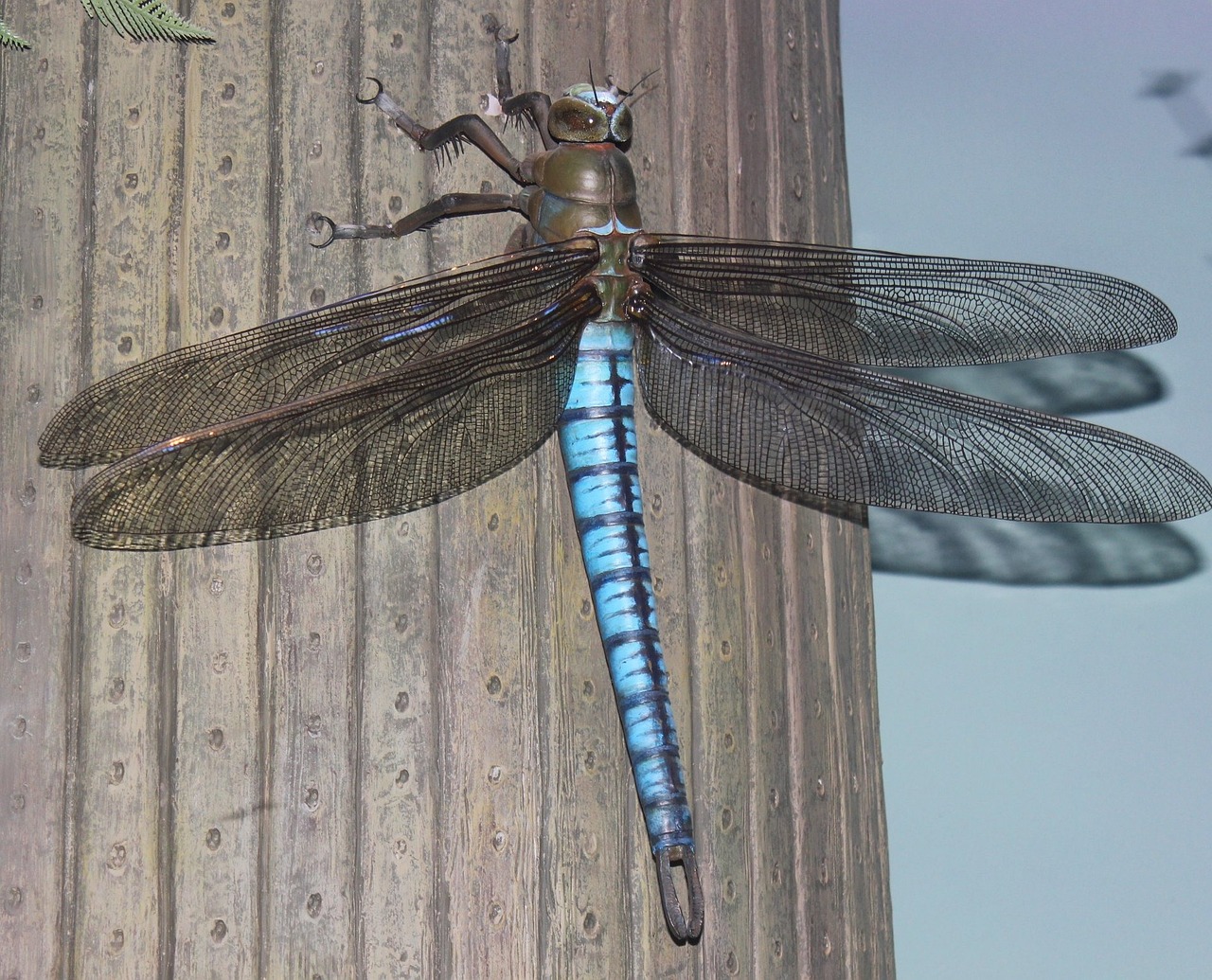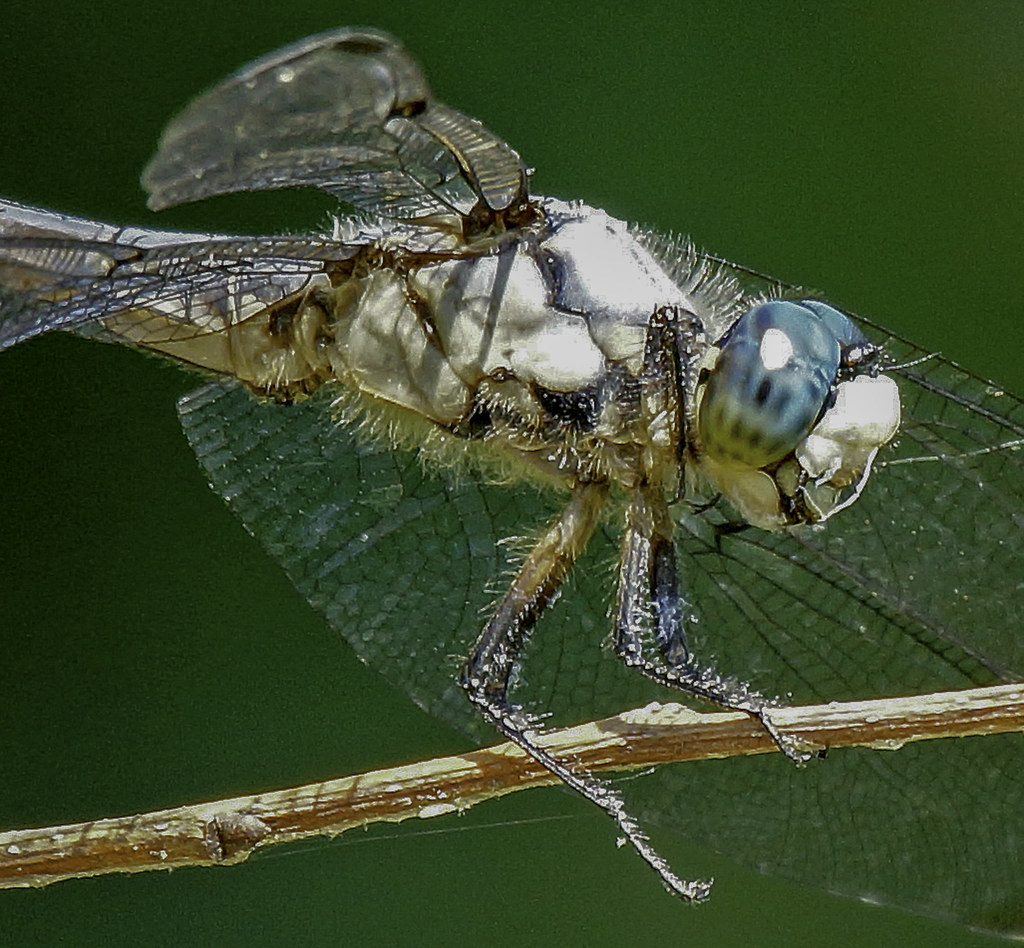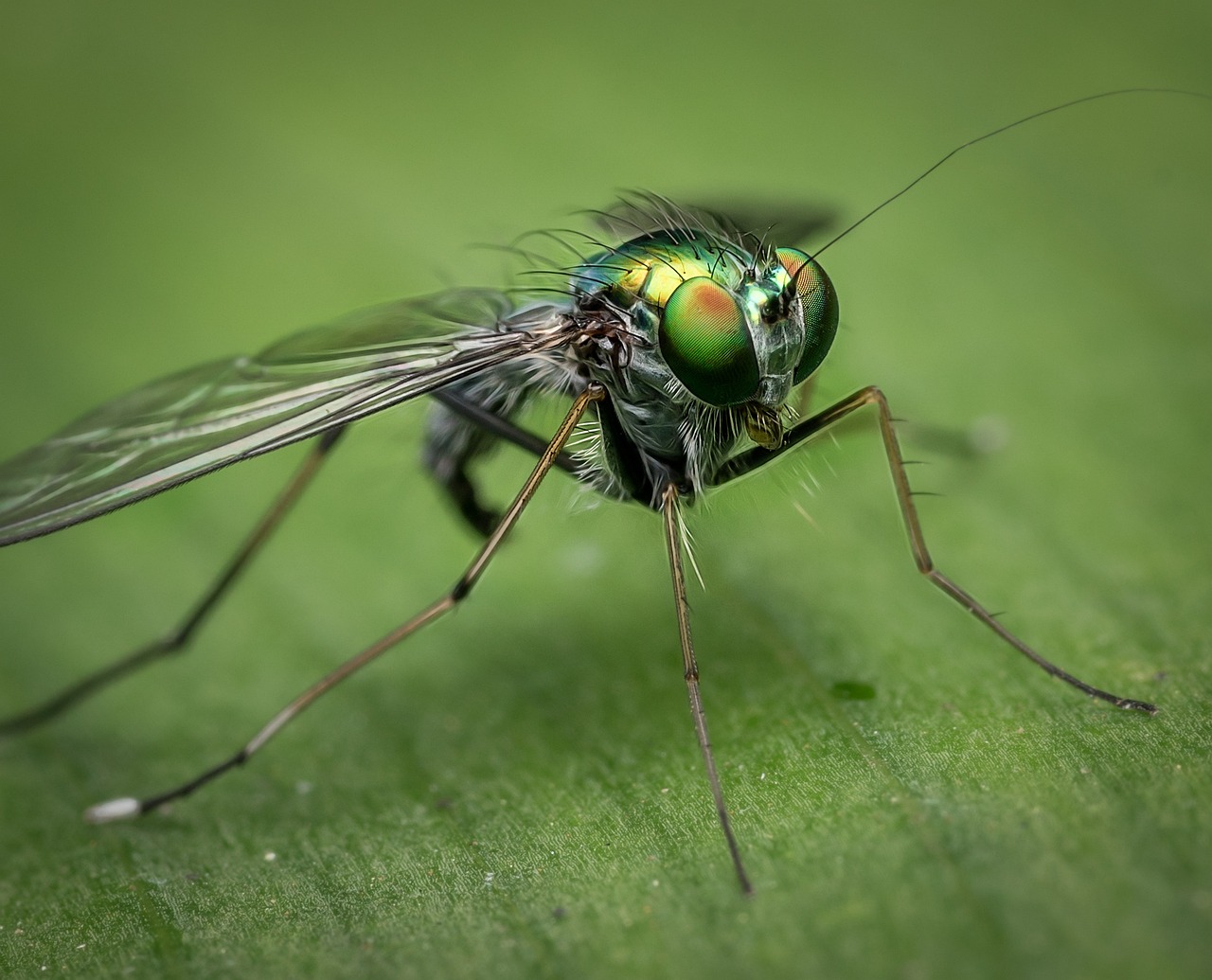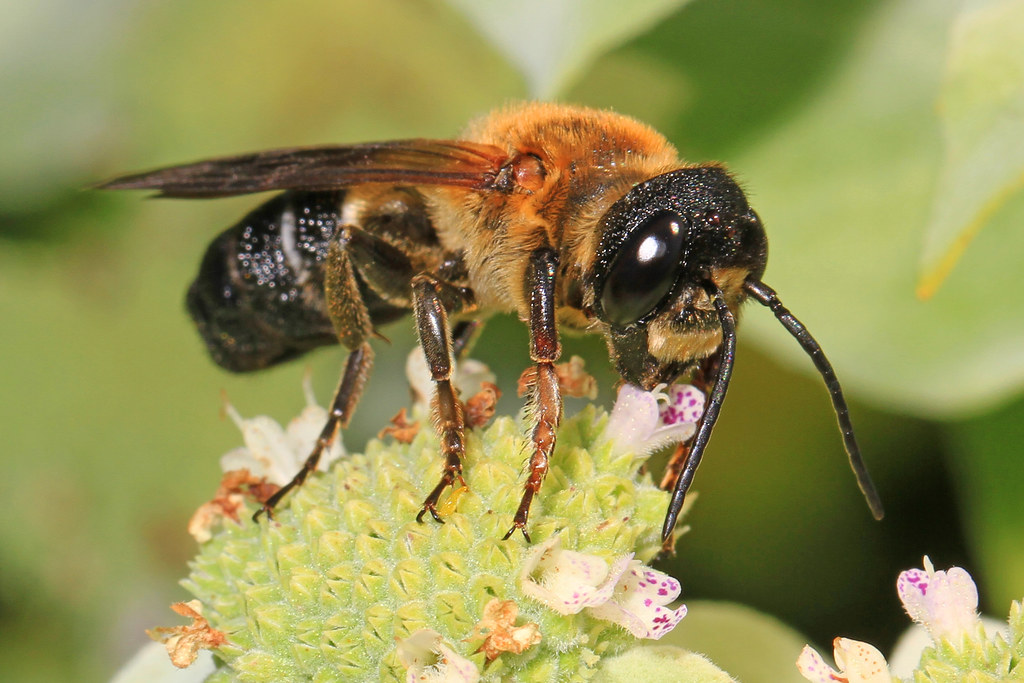Picture this: you’re watching your favorite monster movie when a spider the size of a school bus comes crawling across the screen, or maybe it’s an ant that could crush a car with its mandibles. Your heart races, but somewhere in the back of your mind, a nagging question emerges – could insects actually grow that massive? Hollywood has been feeding us supersized creepy crawlies for decades, from the classic “Them!” to modern blockbusters featuring colossal beetles and towering mantises. But what happens when we put these sci-fi bug monsters under the microscope of real science?
The Oxygen Problem That Keeps Giants Small

Here’s where things get fascinating – and where Hollywood’s giant insects start to crumble under scientific scrutiny. Insects don’t breathe through lungs like we do; instead, they rely on a network of tubes called tracheae that deliver oxygen directly to their tissues. This system works brilliantly for creatures the size of your thumb, but it becomes a nightmare for anything approaching monster proportions.
The issue is simple physics: as an insect grows larger, its volume increases much faster than its surface area. Think of it like trying to cool a massive warehouse with the same tiny air conditioning unit you’d use for a closet. The oxygen delivery system that keeps a grasshopper hopping simply can’t supply enough air to keep a horse-sized version alive.
When Earth Actually Had Monster Bugs

Before you completely dismiss giant insects as pure fantasy, here’s a mind-blowing fact: our planet once hosted insects that would make today’s specimens look like toys. During the Carboniferous period, roughly 300 million years ago, dragonflies with two-foot wingspans soared through ancient forests. These weren’t Hollywood special effects – they were real creatures called Meganeura.
The secret to their success wasn’t magic or mutation, but atmospheric conditions that no longer exist. Earth’s atmosphere contained up to 35% oxygen back then, compared to today’s 21%. This oxygen-rich environment acted like a natural performance enhancer, allowing insects to grow to sizes that would be impossible in our current world.
The Square-Cube Law Strikes Again
Scientists have a term for the mathematical nightmare that giant insects would face: the square-cube law. This principle explains why elephants have thick, sturdy legs while mice have delicate, thin ones. As any object increases in size, its volume grows much faster than its surface area, creating structural problems that become increasingly difficult to solve.
For a giant ant, this means its exoskeleton would need to be impossibly thick to support its own weight. Imagine trying to build a skyscraper using the same proportions as a dollhouse – it would collapse under its own mass. The chitinous armor that makes insects so tough becomes a liability when scaled up to monster proportions.
Heat Management Becomes a Deadly Problem
Even if we could somehow solve the oxygen and structural problems, giant insects would face another killer: overheating. Insects are cold-blooded creatures that rely on their environment to regulate body temperature. A massive insect would generate heat through muscle activity faster than it could dissipate it through its exoskeleton.
Picture a giant beetle trying to escape danger – its powerful muscles would generate so much heat that it would essentially cook itself from the inside out. This thermal regulation problem is why large animals like elephants have developed features like big ears to help cool themselves, while insects have no such adaptations.
The Circulatory System Breakdown
Insects don’t have hearts like mammals do – instead, they use a simple tube-like structure called a dorsal vessel to circulate their body fluids. This basic system works fine for small creatures, but it would be completely inadequate for a giant insect. The hemolymph (insect blood) would struggle to reach all parts of a massive body, leading to tissue death and organ failure.
Think of it like trying to water a football field with a garden sprinkler designed for a small backyard. The pressure and flow rate that work perfectly for a tiny insect would leave a giant version with poor circulation and eventual system collapse.
Molting Mayhem at Monster Size
One of the most fascinating aspects of insect biology is molting – the process where they shed their exoskeleton to grow larger. For a giant insect, this natural process would become a death sentence. During molting, insects are incredibly vulnerable, with soft, unprotected bodies that gradually harden over time.
A horse-sized cricket trying to molt would be like a knight attempting to remove his armor in the middle of a battlefield while knowing he can’t put it back on for hours. The sheer size and weight of the old exoskeleton would likely crush the soft insect beneath, making growth impossible at large scales.
Why Some Modern Insects Stay Relatively Large
Despite all these limitations, some insects today do reach impressive sizes within their biological constraints. The Goliath beetle can weigh as much as a small mouse, while stick insects can stretch over a foot long. These species have evolved specific adaptations that allow them to push the boundaries of insect size while staying within the laws of physics.
Interestingly, many of the largest modern insects live in tropical environments where higher humidity and temperature help with their respiratory challenges. They’ve also developed specialized behaviors and body structures that maximize their oxygen intake and minimize energy expenditure.
The Island Effect and Size Constraints

Evolution has conducted some interesting experiments with insect size on isolated islands, where the normal rules of survival get twisted. Some islands have produced unusually large insects compared to their mainland cousins, but even these “giants” remain well within the physical limits imposed by insect biology.
The famous Weta insects of New Zealand can weigh more than some birds, yet they’re still bound by the same respiratory and structural limitations as their smaller relatives. These examples show us both the potential and the hard limits of insect gigantism in the real world.
What About Genetic Engineering and Mutation?

Science fiction often explains giant insects through radiation, genetic tampering, or mysterious mutations. While genetic engineering can certainly modify organisms in remarkable ways, it can’t overcome basic physics. No amount of genetic tinkering could give an insect the complex cardiovascular system it would need to survive at massive sizes.
Even if scientists could somehow create a giant insect in a laboratory, it would face the same insurmountable problems with oxygen delivery, structural support, and heat regulation. The fundamental architecture of insect biology simply doesn’t scale up to monster proportions, regardless of how it’s modified.
The Arthropod Alternatives That Actually Work
While giant insects remain in the realm of impossibility, other arthropods have found ways to achieve impressive sizes. Marine environments have produced some genuine monsters, like the Japanese spider crab with its 12-foot leg span or the colossal deep-sea isopods that can grow larger than footballs.
These creatures succeed where giant insects would fail because water provides buoyancy support and contains dissolved oxygen that can be extracted through gills. The ocean essentially provides the external support system that would allow arthropod body plans to reach truly impressive dimensions.
Hollywood’s Creative Liberties vs. Scientific Reality
Movie studios have gotten remarkably creative in trying to make giant insects seem plausible, often invoking radiation, alien DNA, or prehistoric atmospheres as explanations. While these plot devices make for exciting entertainment, they can’t overcome the fundamental biological limitations that keep real insects small.
Some films have actually tried to address the scientific problems by giving their giant insects enhanced respiratory systems or modified body structures. These attempts at scientific accuracy are admirable, but they essentially require creating entirely new organisms that aren’t really insects anymore.
The Ecological Nightmare of True Giant Insects
Even if giant insects could somehow exist, they would create ecological chaos that would dwarf any monster movie scenario. A single giant locust could strip entire forests bare in days, while a colony of house-sized ants would consume resources at an rate that would devastate ecosystems.
The energy requirements of giant insects would be astronomical – they’d need to consume vast quantities of food just to maintain their basic metabolic functions. This would trigger cascading effects throughout food webs that would ultimately make their survival even more impossible.
Why Our Small Insects Are Actually Perfect

The more we understand about insect biology, the more we realize that their small size isn’t a limitation – it’s their superpower. Being small allows insects to exploit ecological niches that larger animals can’t access, reproduce rapidly, and survive in environments that would kill bigger creatures.
Their compact size also contributes to their incredible diversity – there are more species of insects than all other animal groups combined. This success story shows us that evolution has already found the optimal size range for insect body plans, and it’s much smaller than Hollywood would have us believe.
The Future of Bio-Inspired Giant Creatures

While natural giant insects remain impossible, scientists and engineers are finding inspiration in insect biology to create mechanical versions that could achieve monster-like proportions. Robotic systems based on insect movement patterns and sensory capabilities are already showing promise in various applications.
These bio-inspired machines could potentially capture the essence of giant insects without being constrained by biological limitations. They represent a fascinating middle ground between science fiction dreams and engineering reality, offering a glimpse of how we might one day create our own versions of movie monsters.
Conclusion: Small but Mighty Wins Every Time
The cold, hard truth about giant insects is that they’re scientifically impossible given the constraints of physics and biology on Earth. The oxygen delivery problems, structural limitations, and thermal regulation issues create an insurmountable set of challenges that no amount of movie magic can solve. While the Carboniferous period showed us that larger insects were once possible under very different atmospheric conditions, today’s world simply can’t support the bug monsters of our silver screen fantasies.
Perhaps that’s for the best – real insects are already remarkable enough without needing to be the size of automobiles. Their success lies not in being giants, but in being perfectly adapted small creatures that have conquered nearly every environment on Earth. The next time you see a massive insect terrorizing a city on your TV screen, you can smile knowing that physics is on humanity’s side. Who knew that the laws of science could be such effective pest control?

